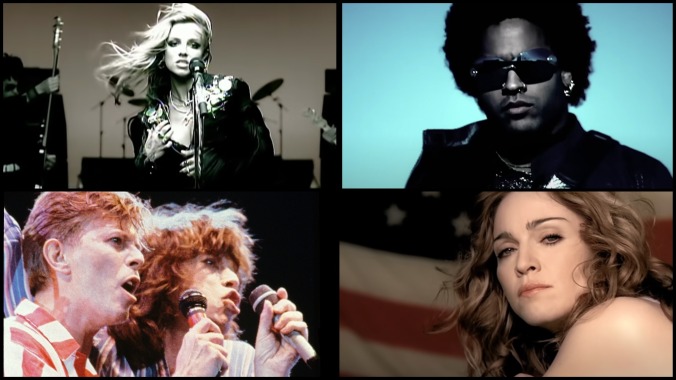The 25 worst cover songs of all time, ranked
Artists like Mick Jagger, Duran Duran, and U2 are among the big names who've turned beloved classics into mangled monstrosities
Music Features Fred Durst
Even great musicians with the best intentions can serve up a bad cover of a cherished song. In some cases they might try too hard to be faithful to the original, leading to an interpretation that’s too stiff or slick. Or they can alter a song until it contains just the vaguest air of what made the first version special. In some cases they can wildly misconstrue the classic track, turning their take into a memorable monstrosity.
Whatever the reason for the failings by these artists, there’s no disputing that the original songs remain beloved, which is why brutally bad updates can be so difficult to swallow. This list of the 25 worst cover songs, like our look at the 25 best cover songs of all time, doesn’t pretend to be comprehensive. Still, as we surveyed the last five decades of pop and rock music, we’ve done our best to corral the truly awful covers and order them in a way that metes out some semblance of order, if not justice.